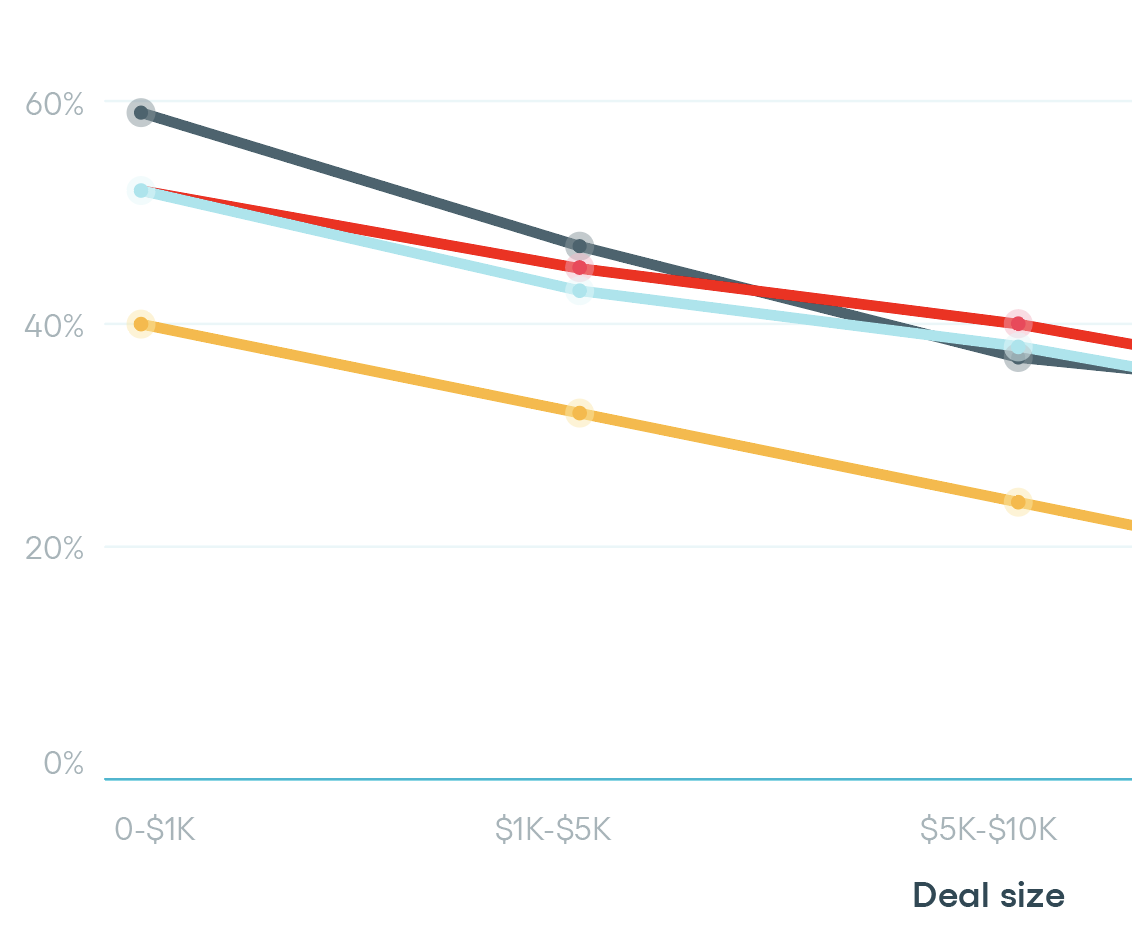Helpful Resources
Here you'll find our best content resources to help you increase close rates, sending winning proposals, and win deals.
Sorry!
No items currently match your filtering criteria.
Want help from the experts?
We offer bespoke training and custom template design to get you up and running faster.

State of Proposals 2025 Report
We’ve dug deep into our data and extracted the information that sales and marketing leaders can use to make their proposals better and boost their business.
Here you'll find our best content resources to help you increase close rates, sending winning proposals, and win deals.
No items currently match your filtering criteria.
BasicStart free trial |
TeamStart free trial |
BusinessBook a demo |
|
|---|---|---|---|
Brand customization |
|||
|
Unlimited templates
All accounts allow unlimited templates. |
|||
|
Content library
Create and share templates, sections, and images that can be pulled into documents. |
|||
|
Embed images & videos
Images can be uploaded directly, videos can be embedded from external sources like YouTube, Vidyard, and Wistia |
|||
|
Custom domain
You can map your domain so prospects visit something like proposals.yourdomain.com and don't see "proposify" in the URL |
|||
Content authoring |
Basic | Team | Business |
|
Online signatures
All plans allow you to get documents legally e-signed |
|||
|
Interactive quoting
Allow prospects to alter the quantity or optional add-ons |
|||
|
Client input forms
Capture information from prospects by adding form inputs to your documents. |
|||
|
Document Sends
You can create unlimited documents but some plans limit how many you can send per month. |
5 sends / mo |
Unlimited |
Unlimited |
|
Collaborator seats
Collaborators are users who only have access to specific proposals, and can edit or approve, but not create or send. |
1 collab seat included |
3 collab seats included |
5 collab seats included |
Visibility |
Basic | Team | Business |
|
Notifications & metrics
Get notified by email and see when prospects are viewing your document. |
|||
|
PDF export
Generate a PDF from any document that matches the digital version. |
|||
|
Reports
Get a full exportable table of all your documents with filtering. |
|||
Integrations & API |
Basic | Team | Business |
|
Payments
Connect your Stripe account and get paid in full or partially when your proposal gets signed. |
|||
|
Integrations
Integrate with popular CRMs, invoicing, and project management tools. |
|||
|
Automations
Set up automations using pre-built connectors or customize using the workflow builder |
|||
|
Single sign-on (SSO)
Our SSO works with identity providers like Salesforce, Okta, and Azure |
|||
|
Salesforce integration
Use our managed package and optionally SSO so reps work right within Salesforce |
$9/user/mo |
||
|
Aspire integration
Import contacts and field data from Aspire into documents in Proposify |
$9/user/mo |
||
Process & control |
Basic | Team | Business |
|
Custom fields & variables
Create your own fields you can use internally that get replaced in custom variables within a document. |
|||
|
Auto reminders
You can automatically remind prospects who haven't yet opened your document in daily intervals. |
|||
|
Roles & permissions
Lock down what users can and can't do by role. Pages and individual page elements can be locked. |
|||
|
Approval workflows
Create conditions that if met will trigger an approval from a manager (by deal size and discount size). |
|||
|
Workspaces
Great for multi-unit businesses like franchises. Enables businesses to have completely separate instances that admins can manage. |
|||
|
API Access
Integrate with external systems, or enhance customization, our API provides the tools you need to succeed. |
|||
Customer Success |
Basic | Team | Business |
|
Email & chat support
Our team is here to provide their fabulous support Monday - Thursday 8 AM - 8 PM EST and on Fridays 8 AM - 4 PM EST. |
|||
|
Phone & Zoom support
Sometimes the written word isn't enough and our team will hop on a call to show you how to accomplish something in Proposify. |
|||
|
Success manager
Your own dedicated CSM who will onboard you and meet with you periodically to ensure you're getting maximum value from Proposify. |
|||
|
Premium integration support
Our team of experts can perform advanced troubleshooting and even set up zaps and automations to get the job done. |
|||
|
Custom template design
Our in-house designers will design an on-brand, professional proposal template to your satisfaction. |
Learn more | Learn more | Learn more |